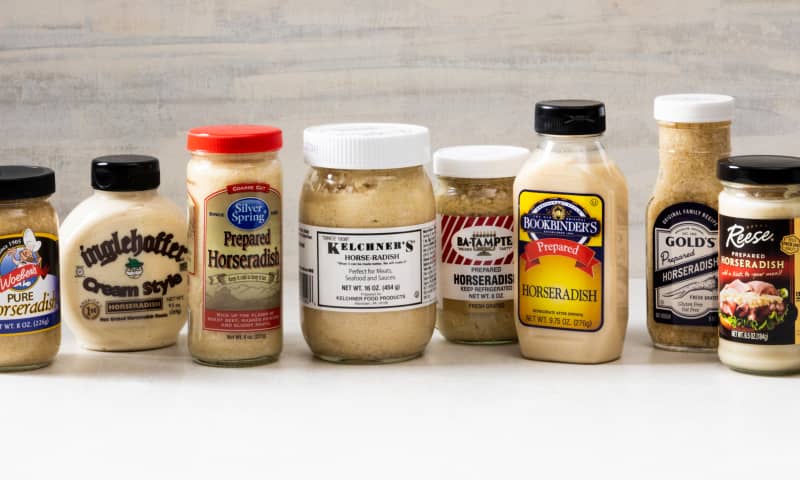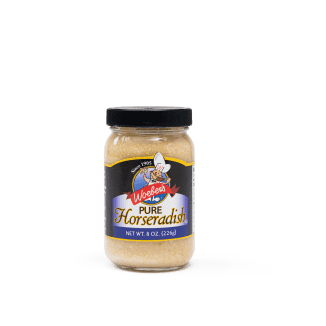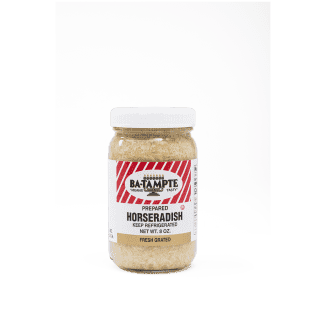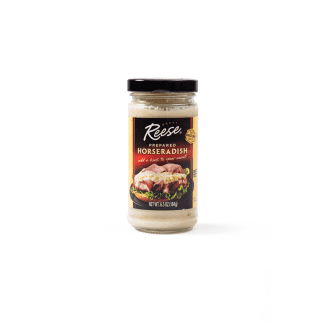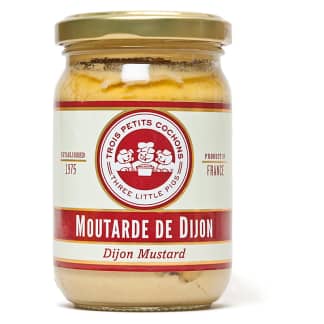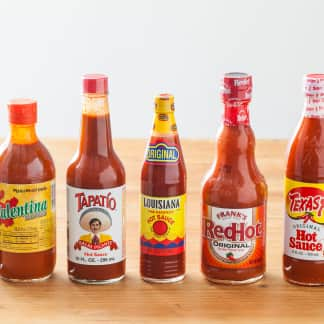Prepared horseradish is a potent source of flavor and heat. Just a tablespoon transforms mayonnaise into a special sauce and turns a bowl of ketchup into a tangy, spicy cocktail sauce. Horseradish gives Bloody Marys their trademark zip, and we wouldn’t serve prime rib and Yorkshire pudding without it. Each spring, horseradish is a must-have at Easter buffets and Passover seders alike. But which product is best?
We purchased eight prepared horseradishes, including a mix of refrigerated and shelf-stable products, priced from about $1.50 to about $5.50 per bottle (roughly $0.10 to about $0.60 per ounce). Groups of 21 test kitchen editors and test cooks sampled them in two blind tastings: in a simple horseradish sauce and in horseradish mashed potatoes. They rated the flavors, consistencies, and intensities of the samples in both tastings.
